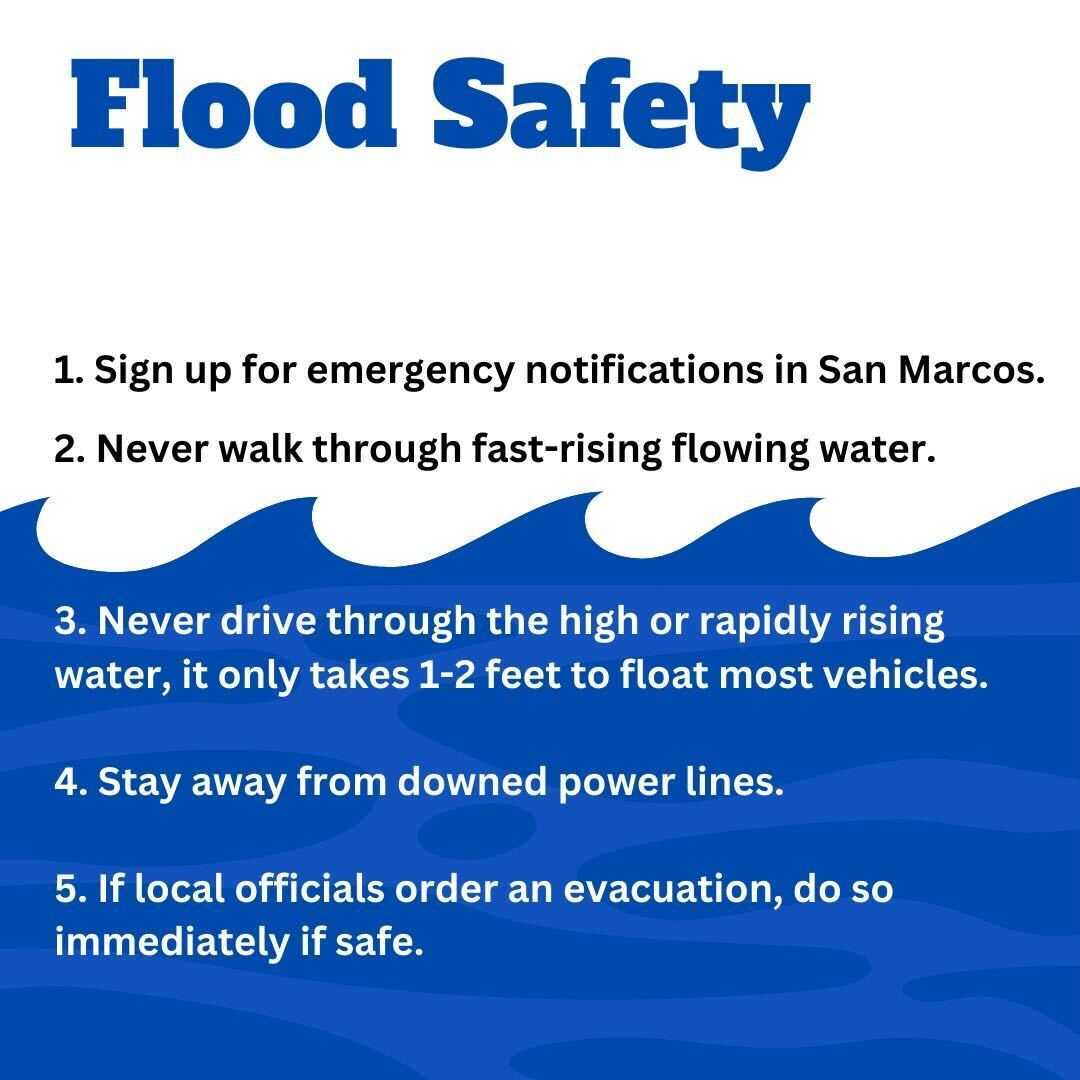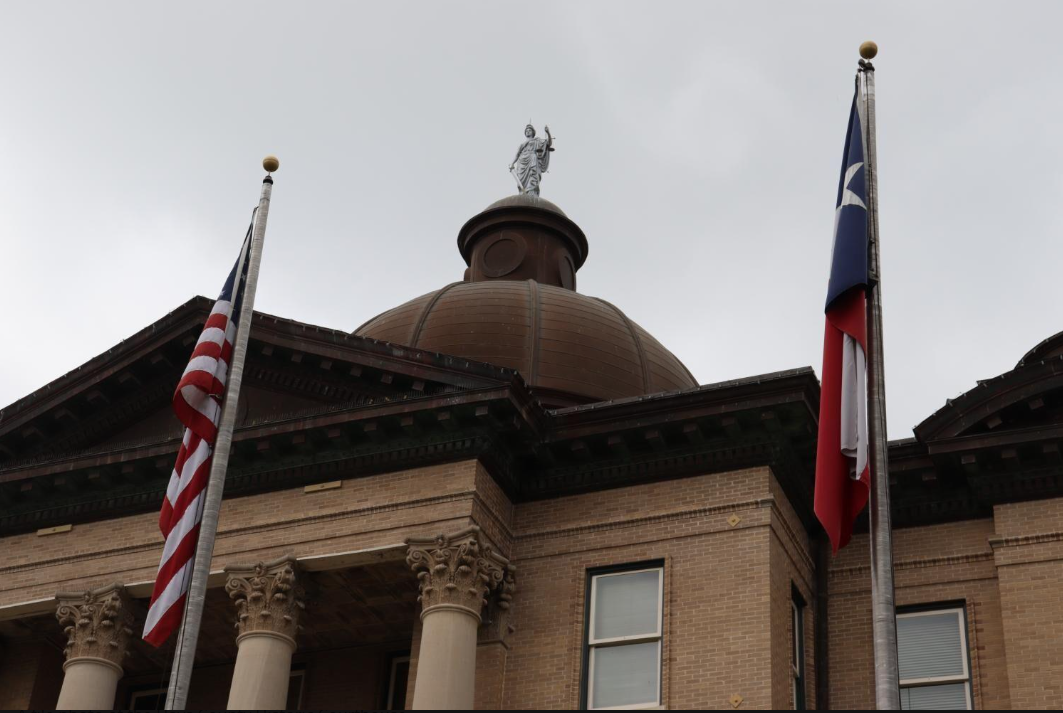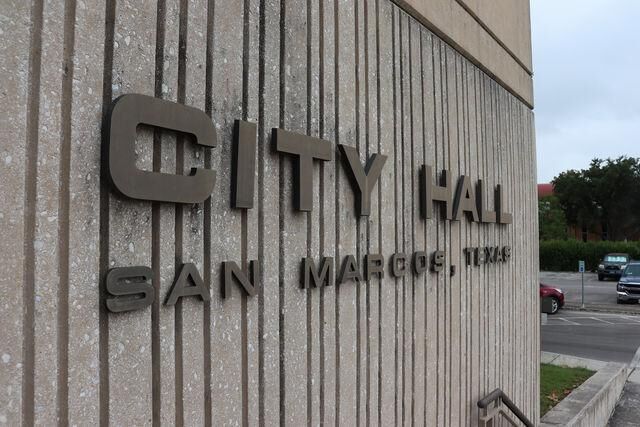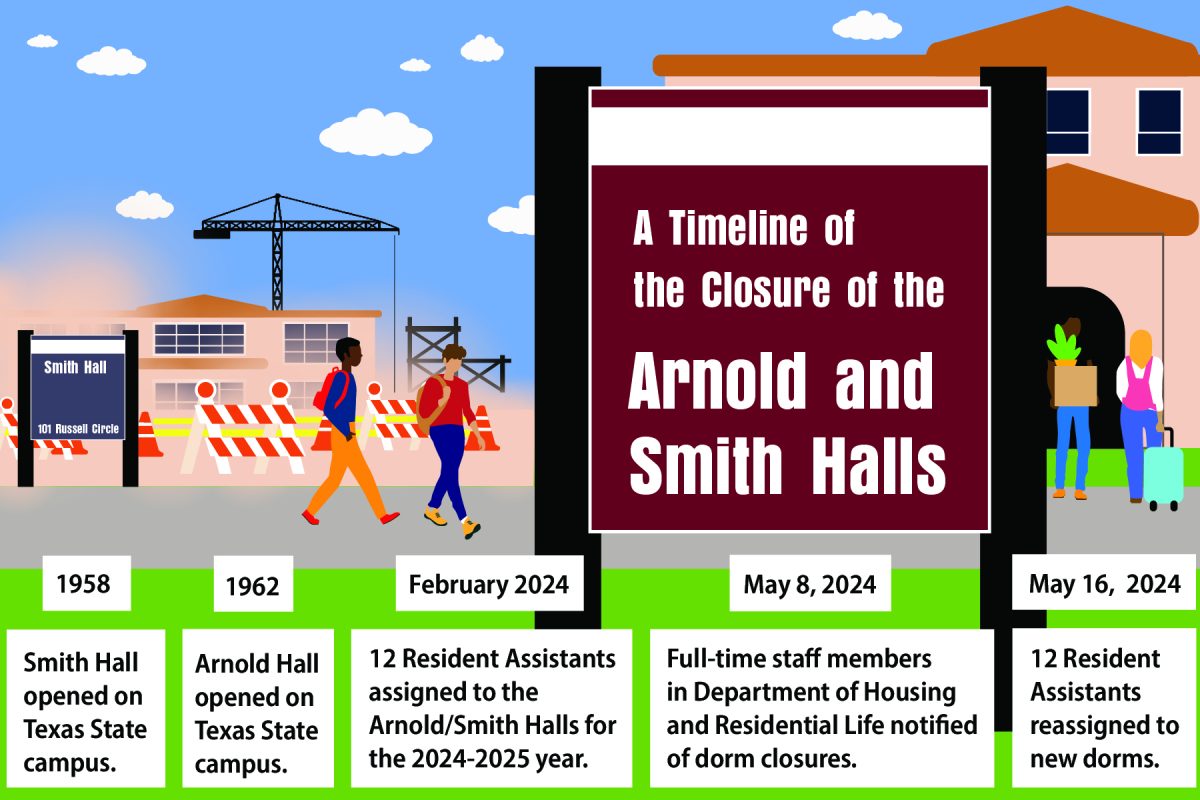San Marcos has a history of flooding from around the San Marcos River, Blanco River and Purgatory Creek areas. The flooding especially affects the Blanco Garden neighborhood because of the proximity to both the San Marcos and Blanco Rivers.
“Flooding gets very bad around here,” Mimi Garcia, a Blanco Garden resident, said. “You need [your house] to be 18-20 inches above ground to be safe.”
The Memorial Day Flood, which occurred overnight on May 23, 2015 and the morning of May 24, produced upwards of 12 inches of rain in less than 6 hours. Due to the rain, the Blanco and San Marcos Rivers flash flooded.
On Oct. 30, 2015, another flood event occurred, known as the All Saints Day Flood, causing portions of I-35 to close.
A 2015 San Marcos City Council presentation by Halff and Associates described the Memorial Day Flood as greater than the regulatory 1% flood according to its study findings.
A regulatory 1% flood, also called a 100-year event, is a flood of high severity that is expected to happen every 100 years. This means the 2015 flood had a higher severity than an expected hundred year flood.
“[The Memorial Day Flood] was terrible,” Joe A. Gonzales, a Blanco Garden resident, said. “It [rained] overnight so I woke up at four or five in the morning to [the neighborhood] being flooded. It was a very stressful experience.
The 2015 event changed what San Marcos considers a 100-year event and the city now must prepare for higher severity floods.
In response to the Memorial Day Flood and All Saints Day Flood, San Marcos received grants from the U.S. Department of Housing and Urban Development (HUD) Disaster Recovery and Mitigation Funds (CDBG-DR & CDBG-MIT).
With these funds, San Marcos started a number of projects, including the Blanco Riverine Flood Mitigation Project and the Blanco Gardens Drainage Improvements Project.
The Blanco Riverine Project, a flood mitigation project, is expected to be completed in the first quarter of 2024, Shaun Condor, the San Marcos director of engineering, said. This project consists of a floodwall structure between River Road and the Blanco River and a relief channel between the Blanco and San Marcos Rivers.
“[The relief channel] is a big ditch between the Blanco and San Marcos Rivers that will allow flow to occur [and stop blockage],” Condor said. “And the [flood wall] we’re building gives some protection for the folks in nearby neighborhoods.”
The Blanco Gardens Drainage Improvement Project will provide both under and above ground stormwater improvements to the Blanco Gardens neighborhood to alleviate flooding.
The city will construct these projects where the San Marcos and Blanco Rivers meet, near and in the Blanco Gardens area.
“While the San Marcos River does flood, the Blanco River often causes our problems,” Condor said. “Where the Blanco [River] intersects the San Marcos River it backs up and floods some of the city, particularly the Blanco Gardens neighborhood.”
For the residents of Blanco Gardens, minor flooding is a frequent experience. Although, since the project’s start, there has not been a major flooding event.
“I’m glad to see the city’s doing something about [the flooding] but the only way we’re going to find out if it works is if it’s tested,” Gonzales said. “There’s supposed to be a lot of rain this winter so we’ll see.”
Condor stresses the importance for citizens to connect with the city and its emergency notification system. Warn Central Texas allows the city to communicate directly with citizens through phone call, text or email. Residents can register with the system with a phone number or email address.
“The important thing to note is the project mitigates flooding… it’s not the catch-all solution,” Condor said. “It’s really [important] to sign up for those emergency notifications on the [alerts] we have here as the city. There’s a lot of students that have their phones linked to [their hometown]. They won’t know when they need to make accommodations or need to get somewhere safe.”





























